 Weird Stuff
Weird Stuff  Weird Stuff
Weird Stuff  Movies and TV
Movies and TV Top 10 Ghost Adventures Episodes That Will Haunt You Forever
 Animals
Animals Ten Animals That Produce and Store Toxins in Unlikely Places
 Weird Stuff
Weird Stuff 10 Weird Things That Warp Your Sense of Time
 Miscellaneous
Miscellaneous Ten More Extremely Unexpected U.S. State “Firsts”
 Humans
Humans 10 Ideas That Scare People to Death
 Music
Music The Cursed Decade: 10 Classic Rock Stars Who Had Low Periods in the 1980s
 Health
Health 10 Crazy Ways Sleep Deprivation Can Affect You
 History
History 10 Enthralling Facts about the Field of Cloth of Gold
 Pop Culture
Pop Culture The Ten Greatest Engineers in Science Fiction History
 Weird Stuff
Weird Stuff 10 Surprising Things That Were Designed to Stop Evil Behavior
 Movies and TV
Movies and TV Top 10 Ghost Adventures Episodes That Will Haunt You Forever
 Animals
Animals Ten Animals That Produce and Store Toxins in Unlikely Places
Who's Behind Listverse?

Jamie Frater
Head Editor
Jamie founded Listverse due to an insatiable desire to share fascinating, obscure, and bizarre facts. He has been a guest speaker on numerous national radio and television stations and is a five time published author.
More About Us Weird Stuff
Weird Stuff 10 Weird Things That Warp Your Sense of Time
 Miscellaneous
Miscellaneous Ten More Extremely Unexpected U.S. State “Firsts”
 Humans
Humans 10 Ideas That Scare People to Death
 Music
Music The Cursed Decade: 10 Classic Rock Stars Who Had Low Periods in the 1980s
 Health
Health 10 Crazy Ways Sleep Deprivation Can Affect You
 History
History 10 Enthralling Facts about the Field of Cloth of Gold
 Pop Culture
Pop Culture The Ten Greatest Engineers in Science Fiction History
10 Common Misconceptions About Basic Biology
Biology is the science that connects us most intimately with nature by explaining humans and the life around us. While many understand taxonomy, zoology, and physiology quite well, some of us tend to get a few key facts wrong. A lot of popular talk about animals is just a bit off-center.
10Sharks Are Not Strictly Oceangoing
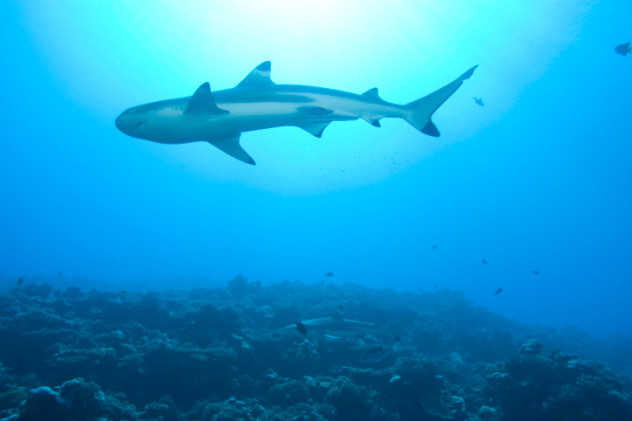
Sharks are inextricably linked to the ocean in the public mind. By contrast, the existence of freshwater sharks is a reality. Lake Nicaragua was formed when a volcanic eruption cut a bay off from the ocean and the water inside gradually turned fresh, slowly enough that trapped sea life adapted rather than dying out. Among the trapped animals were bull sharks (Carcharhinus leucas) which may reach over 3 meters (10 ft) in length and weigh over 500 kilograms (1,100 lb) in exceptional cases. These robust sharks have been blamed by locals for many attacks over generations, as bull sharks are a potentially aggressive species and the very one responsible for the New Jersey shark attacks that inspired Jaws.
Although bull sharks belong to the same species as their oceangoing kin, certain adaptations are peculiar to this population. Freshwater bull shark urine excretion rates are high as a means to cope with the lack of salinity in the lake. The sharks have in turn adapted to the extra burden on the kidneys. Unfortunately, this population is in trouble as hunting has decimated their numbers. Bull sharks are not entirely alone in their aberration: There are also five species of “river sharks” which have adapted to the reduced salinity environments found at river mouths. These toothy fish have heightened senses to aid effective hunting in turbid waters. The long-term survival of river sharks, such as the rare northern river shark, is a subject of high conservation concern.
9Tropical Penguins Are A Reality
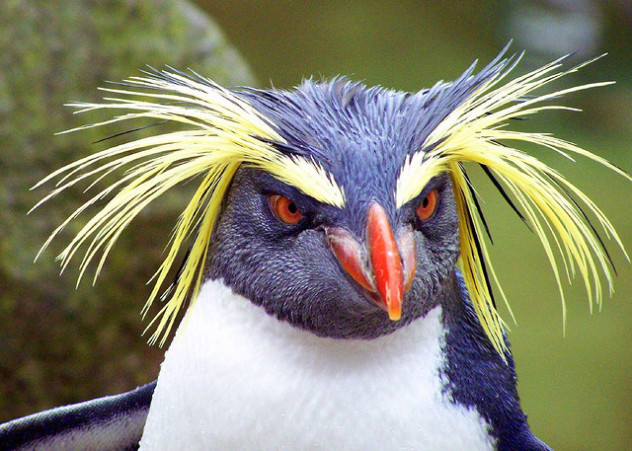
Penguins are as synonymous with the Antarctic and its frozen icescapes as parrots are with tropical rain forests. However, penguins are really more widely distributed than popular imagination seems to dictate. Famous species such as the emperor penguin are certainly restricted in their range to Antarctica, but there are smaller species inhabiting far more northerly, even tropical, locations.
Especially prominent is the Galapagos penguin, the only species found north of the equator. Adapted to a warmer climate, this species is sustained in part by cooler ocean currents that bring its required food. In the hot climate, these penguins may handle the heat by bending over to hide from the sunlight and even panting like dogs to reduce their body temperature. Bare patches to aid in heat dispersal and a habit of staying in the water during the day and coming onto land at night play a significant role in their adaptive lifestyle.
Sadly, these warm weather penguins have experienced a variety of unusual threats, including needless predation by introduced cats as noted by Birdlife International. Australia and New Zealand are also home to a special penguin recognized for its exceptionally small size as a “fairy penguin” or “little penguin.” All of the penguins discussed are common to waters more likely to be surrounded by rocks, sand, reef fish, or forest-rimmed beaches than anything reminiscent of icebergs and snow.
8Vegetarian Raptors Are A Thing

Birds of prey rank alongside lions, sharks, and wolves for their superior hunting abilities. While most raptors represent the ultimate in avian air superiority, evolution has led certain species to become decidedly more docile with strange diets that make them birds of prey in name only. Native to sub-Saharan Africa, the huge, black-and-white palm-nut vulture with a red face is an intimidating sight, but its strength and size is not used to capture prey. Unlike most other old world vultures, the bird’s head is almost entirely feathered. It eats such a small amount of carrion that it’s unnecessary to have so many bare parts.
Gathering near groves of Kosi palms, sometimes near watercourses, the bird uses its huge, razor-tipped bill to “prey on” juicy palm nuts contained within hard shells. This food source is the bulk of the huge bird’s diet. Interestingly, evolutionary biologists have flagged this bird as a genetic intermediary between typical old world vultures and the handsome fish eagles which are, in turn, closely related to the famous bald eagle of North America.
7Venomous And Poisonous Creatures
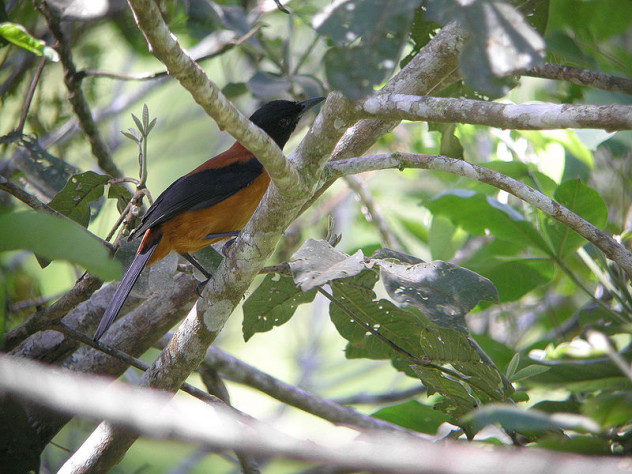
Very often, a snake, spider, or insect will be pointed out as poisonous and therefore flagged as an object of caution. However, a large portion of such animals are, in fact, better defined as venomous. Likewise, most poisonous animals are not in any way venomous. Anything venomous is strictly defined as a life-form capable of injecting toxins into the bloodstream of the victim. Venoms often have extremely fast-acting effects, and there is a fair amount of diversity in the exact biochemical pathways targeted by different venoms. Examples of venomous species include snakes and other fanged or stinger-equipped animals such as cone shells, bees, wasps, and ants.
Poisonous animals are capable of delivering toxin by touch or ingestion, and include the correctly named poison dart frogs, as well as certain toxic birds such as the hooded Pitohui of New Guinea. We’ve explained before how venomous animals act aggressively toward their prey in order to deliver the venom. In contrast, poisonous animals take a more passive approach—an aggressor must make the first move by coming into contact with them and receiving the toxin less directly.
6The Truth About Avian Olfaction
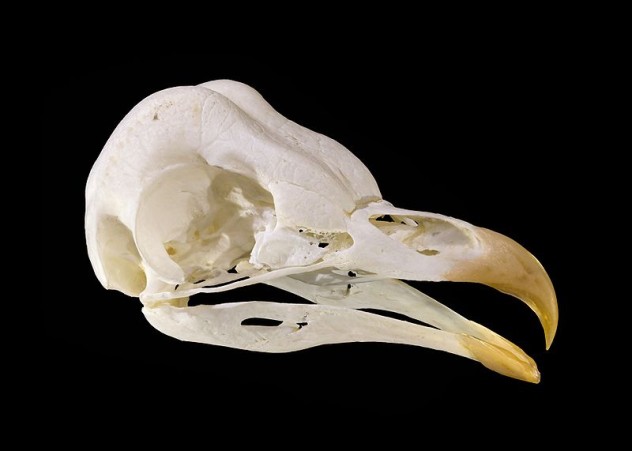
“Don’t touch the nestling birds or handle the nest. The parents will smell the human scent and never return to the nest, abandoning their young.” This is a familiar warning passed on by numerous amateur wildlife enthusiasts and bird lovers. It is also generally very far from the truth. Birds do not detect and draw alarm from human scents, and putting a nestling back in its nest is the right thing to do. Additionally, most birds lack the strength and grip to return their own fallen young to their nest, and predators may swiftly see to the fate of a prematurely vacated nestling.
The myth that birds abandon their young due to human scent may come from the principle that there are correlations between simple human disturbances and abandonment. However, birds have poorly developed olfactory nerves and thus any sense of smell is quite limited for most species. The exceptions include vultures, which use their keen sense of smell to detect the airborne scent of decaying carcasses miles away. The Kiwi birds of New Zealand also have a fair sense of smell with nostrils that assist them in their search for earthworms and soil grubs.
5Boa Constrictors Are Not That Dangerous

Venomous snakes are widely recognized as potentially dangerous, and people are almost equally afraid of boa constrictors. The boa constrictor may be the first giant snake to come to mind as a threat, and popular culture touts the boa constrictor as an impressive and potentially man-killing beast. Boa constrictors are often confused with pythons, another family of large, constricting snake. The two snake families have distinct teeth patterns.
Boas are mostly new world species, and they give birth to live young, unlike egg-laying pythons. Fatalities in the wild and in captivity have occurred from python attacks, but ironically, the notorious boa has never been responsible for any known human deaths. Boas reach a usual maximum length of 4 meters (13 ft), while the largest pythons may exceed 6.7 meters (22 ft). In contrast with the essentially harmless boa, the African rock python has taken human life in the wild, and reticulated python attacks have included a case where a rubber tapper was squeezed to death.
4Most Ducks Do Not Quack
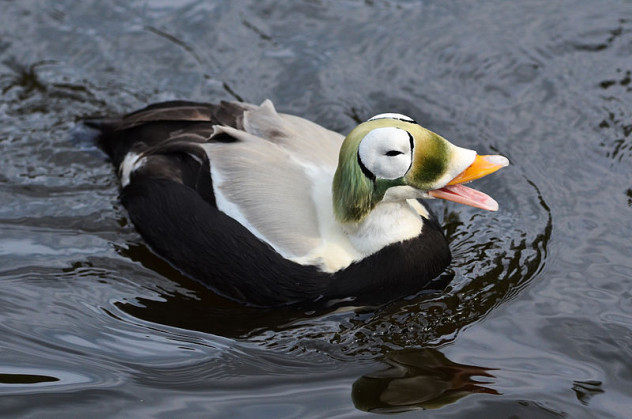
Apart from the chirps of songbirds, the most cliched bird sound is the quacking of ducks. But these vocalizations, common to female mallards, can hardly be taken as representative of all ducks—which are an incredibly diverse group of oceangoing, fish-eating, plant-eating, lake-dwelling, diving, or dabbling birds with a range of bizarre and awesome vocalizations. With this diversity considered, the stereotypical quack is less than universal and, among species that quack, it is females rather than males that make the sound.
A number of species related to mallards make simple grunting sounds, but certain sea ducks take the vocalizations to another extreme with extremely melodic, whistling sounds that resemble songbirds or a loon in the case of the black scoter, a lesser-known species found on tundra, lakes and coastlines. Other ducks make odd grunting, wailing, and chirping sounds, as well as unexpected peeps and squawks. It is hard to define a typical duck call, but the sounds are certainly among the most fascinating or even haunting bird vocalizations.
3Earthworms Broken In Two Do Not Turn Into Separate Worms
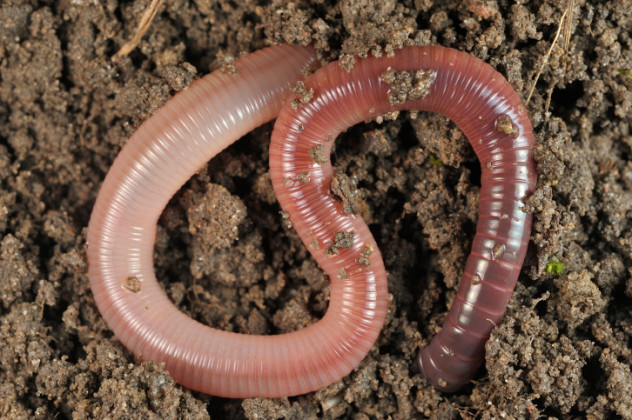
Earthworms are superficially mundane animals that find themselves high in the ranks of ecological influence. These segmented creatures are also the subject of some important misunderstandings that could put individual worms at risk if they fell into ill-informed hands. An undying myth has spread that earthworms can be broken in two sections to create two brand new animals that will grow over time. A brief look at earthworm physiology shows that this is not the case. The animals are complex with a defined front (anterior) complete with a mouth and then a rear (posterior) section.
They have five hearts, colored blood, a chicken-like gizzard, and minute motility bristles that can be felt by human hands. If you chop a third or less of its tail end off, the worm may survive, though it probably won’t. The trauma of being cut in half, the energy expenditure required to regrow, and the extra vulnerability after being cut in half make the survival of even the anterior portion of the worm an uncertain matter, unlike certain flatworms which can indeed regrow into new organisms from mere body segments.
2Opossums Do Not Hang By Their Tails
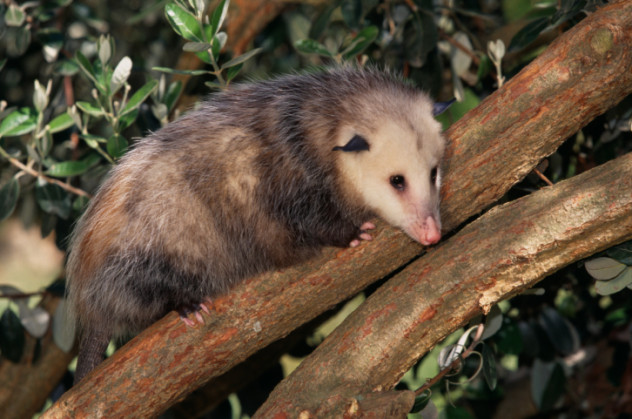
Among the most familiar animals, North America’s Virginia opossums are noteworthy as the only marsupials native to the continent. Australia is, of course, the marsupial continent, with a mammalian fauna essentially defined by these animals, which also have a strong presence in South America. Standing out as one of the most prevalent animal depictions is an opossum hanging from a tree branch by its curled tail. In fact, only youngsters are capable of hanging by their tail, and just for a moment at that. The myth might also be perpetuated by a momentary grab by an adult, which conceivably translates into the notion that opossums are capable of hanging for extended periods of time.
Opossums are too heavy and lack sufficient muscles to support their hanging from a tree branch upside down, creating the false popular perception of dangling opossums lining tree branches. In spite of this limited strength and purpose, the prehensile opossum tail is highly useful as an “appendage,” able to curl around branches to stabilize the opossum as it walks. The tail is also able to hold on to objects being carried as the opossum moves them around in the treetop environment to which they have become almost perfectly adapted.
1Ravens And Crows Are Really ‘Songbirds’
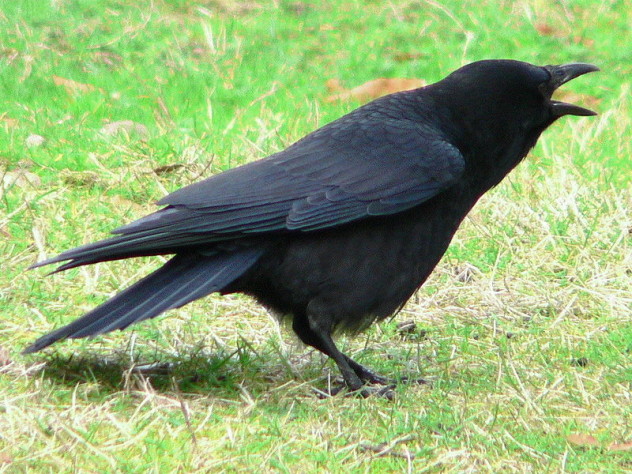
Popular terms and taxonomy truths create ample public confusion. If the popular term for a large taxonomical group is applied, crows and ravens are correctly called songbirds. Yes, you heard that right. While these raucous, black marauders with high intelligence and dexterity seem to be the opposite of robins, thrushes, and warblers, the crows, ravens, jackdaws, rooks, and jays are fairly typical members of the passerine or perching bird order. Commonly known as the songbirds, this huge and highly evolved avian order contains species ranging from tiny wrens to cardinals, canaries, and sparrows.
Songbirds make up nearly 50 percent of all living bird species and contain a wide diversity of forms, but a close inspection of the corvids shows that they are fairly typical passerines. A raucous yet sophisticated range of vocalizations communicates many detailed messages. Food finds, predator alerts, and contact calls are all within the corvid vocabulary. As a part-time bird tour leader in Canada, I find ravens to be far more musical than northwestern crows, with higher-pitched, liquid, rolling calls and even chortles expressed in certain contexts. I have also heard crows make an occasional musical “chook chook” note that contrasts sharply with the usual “caw.”
Christopher Stephens is an environmental consultant, writer, and avid naturalist from Vancouver Island, British Columbia, Canada. He especially enjoys sharing the lesser known facets of natural history. Christopher offers increasingly popular birding tours for Pacific Rainforest Adventure Tours.








